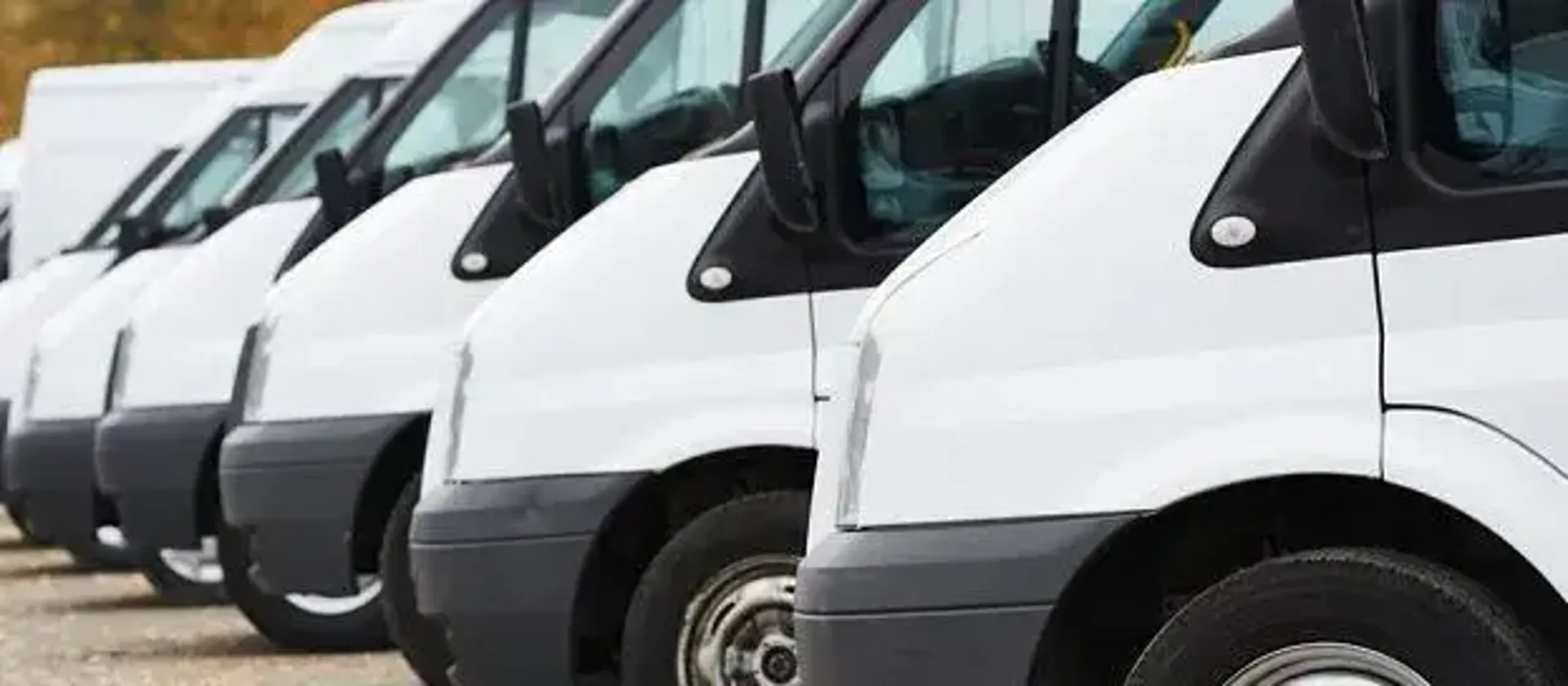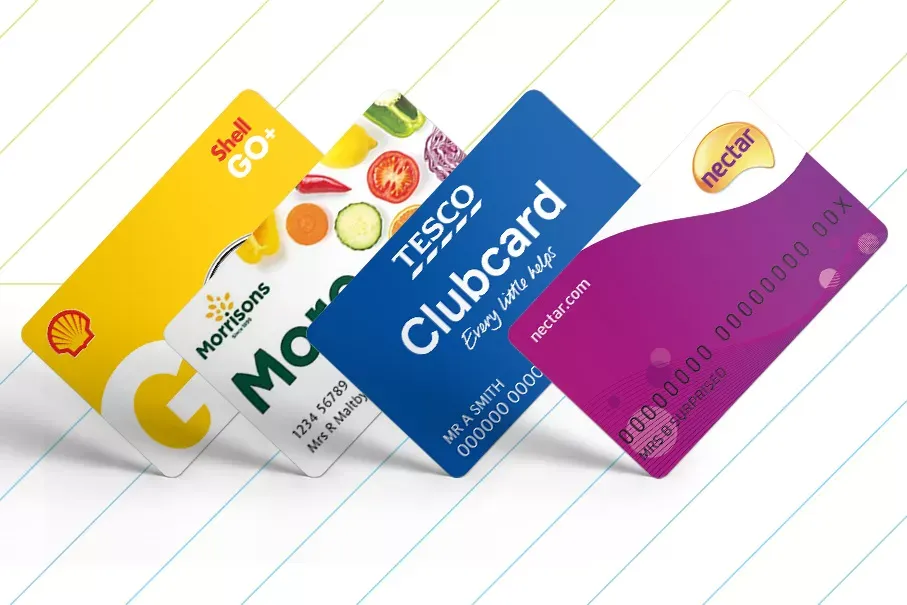
05/08/2015
Leasing or buying a vehicle is a big decision for a fleet owner. There are pros and cons to both routes, with business size and flexibility considerations competing for your attention on either side of the scale. We’ve taken a look at the factors that might affect your decision.
LEASE HIRE
The pros of lease hire centre on financial outlay, administration and fleet renewal cycles. You don’t have to pay the full price of your vehicle upfront, which leaves cash free for investment in other areas of your business. The lifespan of your fleet is defined by the term of your lease agreement, setting you up to renew your vehicles (on average) every three years. Plus, you can outsource the burden of administrative backup to the lease hire company.
Renewal cycle
The life cycle of your lease is determined by two things: the length of time you use the vehicle, and the total mileage you clock up. A lease ties you into a set period of time, though, so you can’t return the vehicle if you hit the mileage limit before you complete the years.
Average lease agreements tie you into a three or four year contract, with mileage limitations ranging from around 60k on the three year cycle to 80k on the four year. If you go over your mileage, you are liable for extra charges (a figure of roughly 6p per mile).
Maintenance
Maintenance isn’t included as standard on a lease hire agreement, but you can often opt to add it on. This is a decision worth making if you’re already paying a third party company to do the servicing and routine maintenance on your fleet vehicles. By having your maintenance completed by the same company from which you hire your vehicles, you can hand the bulk of fleet admin over to a single source.
If you have your own site mechanics, it’s not worth paying extra for a third party maintenance deal. It is, however, worth finding out whether there are any exclusions or hidden extras included in your lease arrangement, which kick in if the lease company is not also hired to perform maintenance.
Extra charges
In addition to extra charges for mileage, a leased vehicle incurs added costs if it’s deemed to be in need of repair.
Your lease will probably come with a clause that says you won’t be charged for reasonable wear, though in practice the definition of ‘reasonable’ is hard to pin down. Extra charges incurred at the end of a hire period are difficult to budget for, but must be anticipated if you can’t get your lease company to clearly define what it expects of you.
Low outlay
This is the core benefit in a lease hire situation. Instead of using a large amount of capital to create a fleet, you can get access to new vehicles for a low initial payment, with the remaining cost of the lease spread over the term. Experts who favour leasing centre their advice on this ability to free up cash flow. Leasing allows a business to keep its capital free for investment in other areas.
With flexibility of cash flow, however, comes inflexibility of movement. A three to four year contract ties your business into a leased fleet for a period of time that can’t be changed. Smaller businesses that need to keep themselves agile may find this kind of restriction too worrying to take on.
BUYING OUTRIGHT
The pros of outright buying are focused on ownership, asset claims and total cost. By paying the full price of a vehicle upfront, you pay less for it in the long term. You also own it, which converts it into an asset with a resale value. Taking a loan out to cover the cost of outright buying raises the overall price of your fleet, but unlike leasing you end up owning your vehicles at the end of the loan term. However, you cannot then choose to renew the fleet with the low initial cost of another lease.
Renewal cycle
You renew your own fleet when you want. If cash flow makes fleet renewal seem like a bad idea after three years of ownership, you can sidestep the problem by taking the decision to keep the vehicles running for longer. You pay nothing for extra mileage, and there’s no wear and tear clause to worry about.
This control can be beneficial to small businesses seeking flexibility. However, it can also create a situation in which fleet vehicles are run so long that they cease to be valuable as assets that can be resold.
Maintenance
Maintenance is a large, ongoing cost and one that cannot be sidestepped. Consider your existing business setup. Can you carry out maintenance yourself, or will you have to sub it out to a third party? If you are handing on your maintenance to an outside source, would you be better off paying an extra monthly fee to hire your vehicles, and save the cash you would have spent on buying for other business operations?
Maintenance requirements increase with the age and mileage of a vehicle. Resale values also diminish as your fleet clocks up distance. However, if you commit to an impeccable maintenance schedule you can - depending on the vehicle type and its use - find that resale prices stay viable for longer.
Special vehicles
A business using specialist vehicles may find resale harder. Depending on the vehicle’s purpose, usage length and cost, leasing could be a better option.
Extra charges
Loan interest is the most common extra cost incurred when buying fleet vehicles outright. If you take out a loan to buy the vehicle, and have a variable interest rate attached to your repayments, you run the risk of paying more back than you budgeted for.
Unlike a lease, though, your vehicle represents an asset - provided it is maintained as detailed above. It carries a reduced risk of becoming a financial burden because in extreme situations it can be sold to pay for its own extra charges.
Ownership and assets
The primary virtue of outright buying is that you own your vehicle, and are therefore free to do with it as you please. It can be sold to recoup value, its life cycle can be dictated by the needs of the business and the economic environment, and it can be cheaper than a lease vehicle if you have the capital to buy it without taking out a loan.
While there are no extra costs associated with wear and tear or extra miles, both of these things affect the eventual resale value of your vehicles. For every extra mile you do, or every element of wear and tear that enters the equation as you prolong a vehicle’s lifespan, the money tied up in it begins to dwindle. For this reason, some small companies operate a policy of running commercial vehicles into the ground, bleeding every last drop of value from them before they are replaced.
OVERALL CONSIDERATIONS
There are different tax implications for leasing and buying - depending on the usage of your vehicle. Lease hire agreements allow you to reclaim 50% of the VAT from your agreement even if the vehicle is used for personal as well as business purposes, and 100% if the vehicle is only used for business. If you’re buying outright, you can claim 100% VAT on a vehicle that is only used for business, but nothing if the vehicle is also used personally.
Also consider how your business is set up. If running a fleet is administratively problematic for you, it may be worth looking at a lease hire solution in which fleet management is a built-in part of the package.
Pay attention to the services offered by lease hire companies. The more services you need, the more likely it is that lease hire can offer you value over and above the ability to use new fleet vehicles for low initial outlay.
Finally, it’s worth taking a good look at the vehicular needs of your business. A joint approach, in which some vehicles are leased and some are owned outright, may be your best solution. Consider, for example, a fleet in which some vehicles are ideally used for home and business use, while others are used only for business. Purchasing your business-only vehicles, and leasing the vehicles with joint requirements, may be the most cost-effective method of managing your transport.
What do you think? Do you lease, buy, or do a combination of the two? Let us know your views on LinkedIn or Twitter.


